Archive
Nikolai Peroff
- Nikolai
- Peroff
Николай Перов, Nikola Peroff, Nikola Perof, Nikolay Peroff
- 1883
- Dolginino (RU)
- 1963
- Istanbul (TR)
- PainterArt restorerIconographerChoir DirectorCharitable Society’s ChairmanScene Designer
Nikolai Peroff lived in Istanbul until the end of his life. He was engaged in restorations, carried out scene decorations, and did a lot for the Russian churches in Karaköy.
Word Count: 31

Nikolai Peroff, 1941 (Hagop Ayvaz Collection, Hrant Dink Foundaiton Archive, Istanbul). 
Nikolai Peroff, 1941 (Hagop Ayvaz Collection, Hrant Dink Foundaiton Archive, Istanbul). 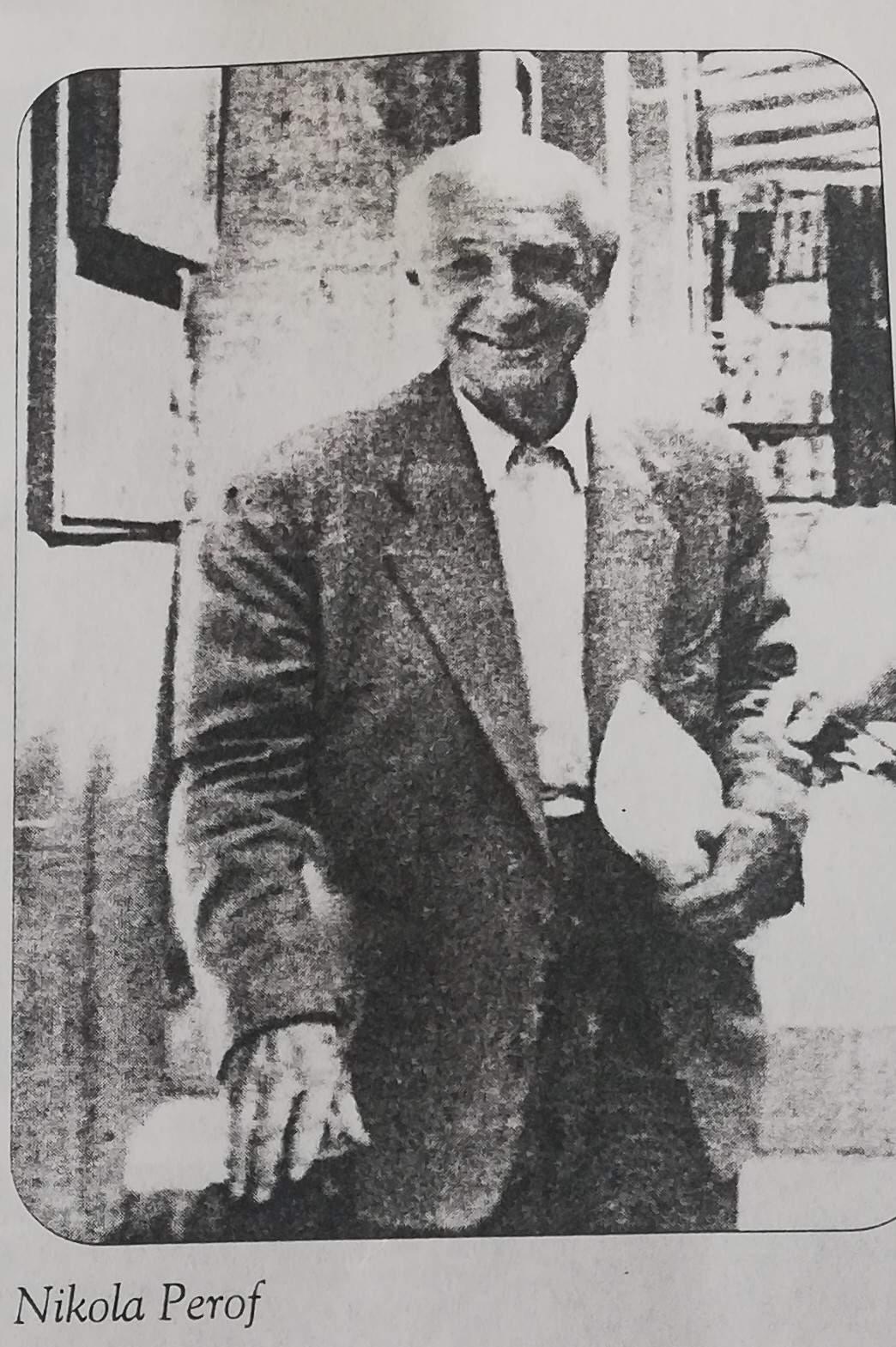
Nikolai Peroff (Tarih ve Toplum, no. 150, June 1996). 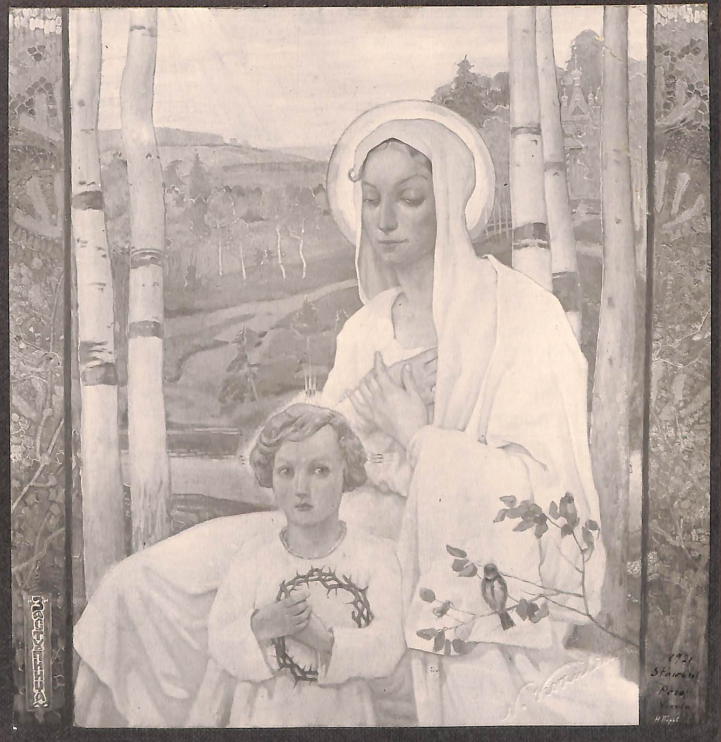
Photograph of Nikolai Peroff's work, Istanbul, 1921. Source: Scrapbook “To Mr. and Mrs. Stearns from Russian Painters”, p. 7 (Stearns Family Papers. Archives & Special Collections. The College of the Holy Cross). 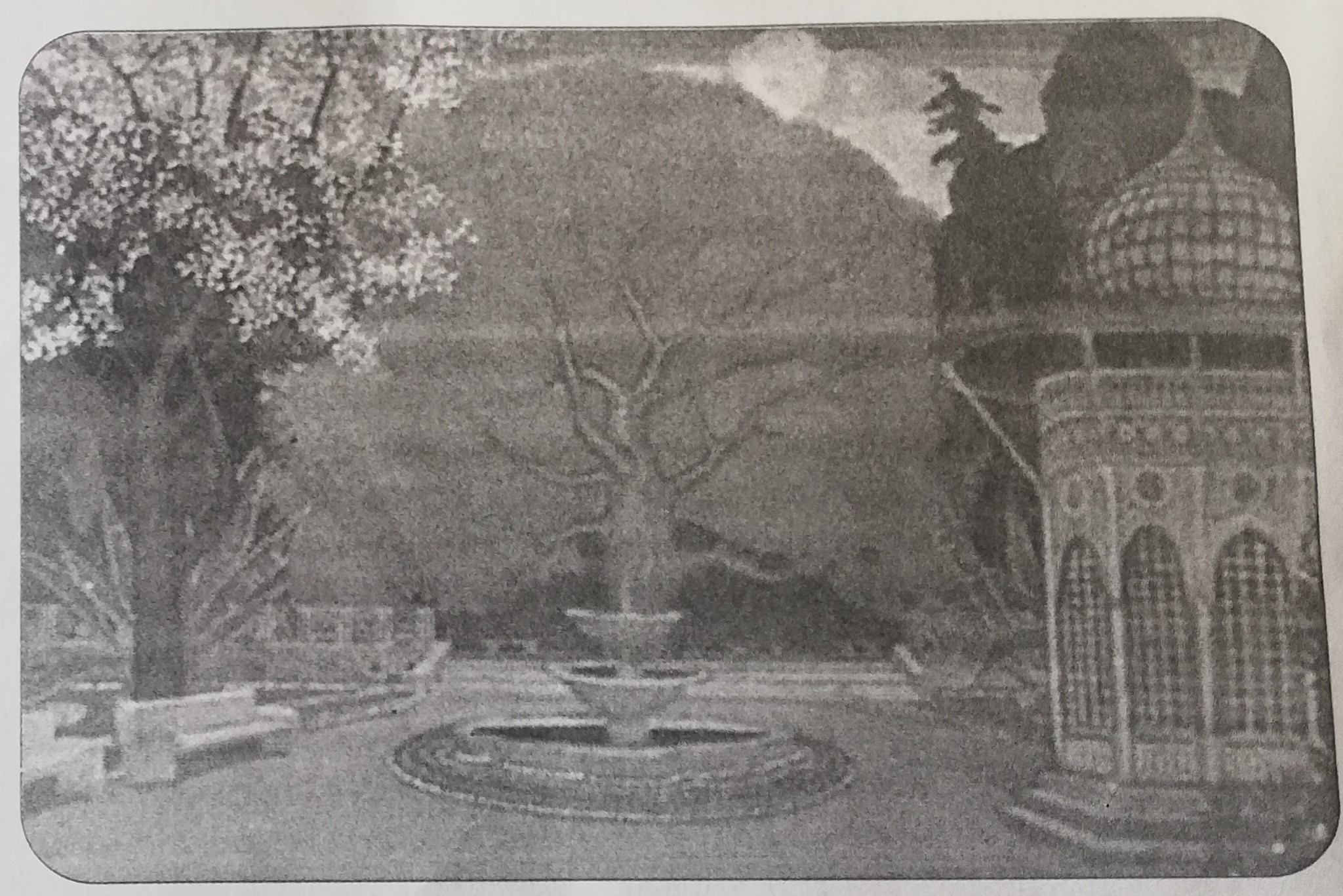
One of the works by Nikolai Peroff as a scene designer (Tarih ve Toplum, no. 150, June 1996). 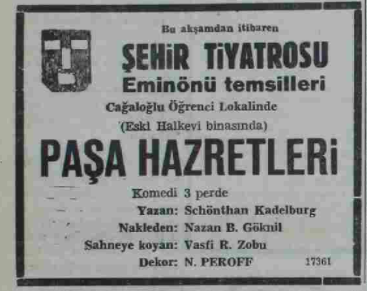
"Dekor: N.Peroff", Şehir Theatre, Istanbul (Akşam, 16 December 1954, p.4). 
"Dekor: Peroff", Şehir Theatre, Istanbul (Akşam, 17 February 1955, p. 7). 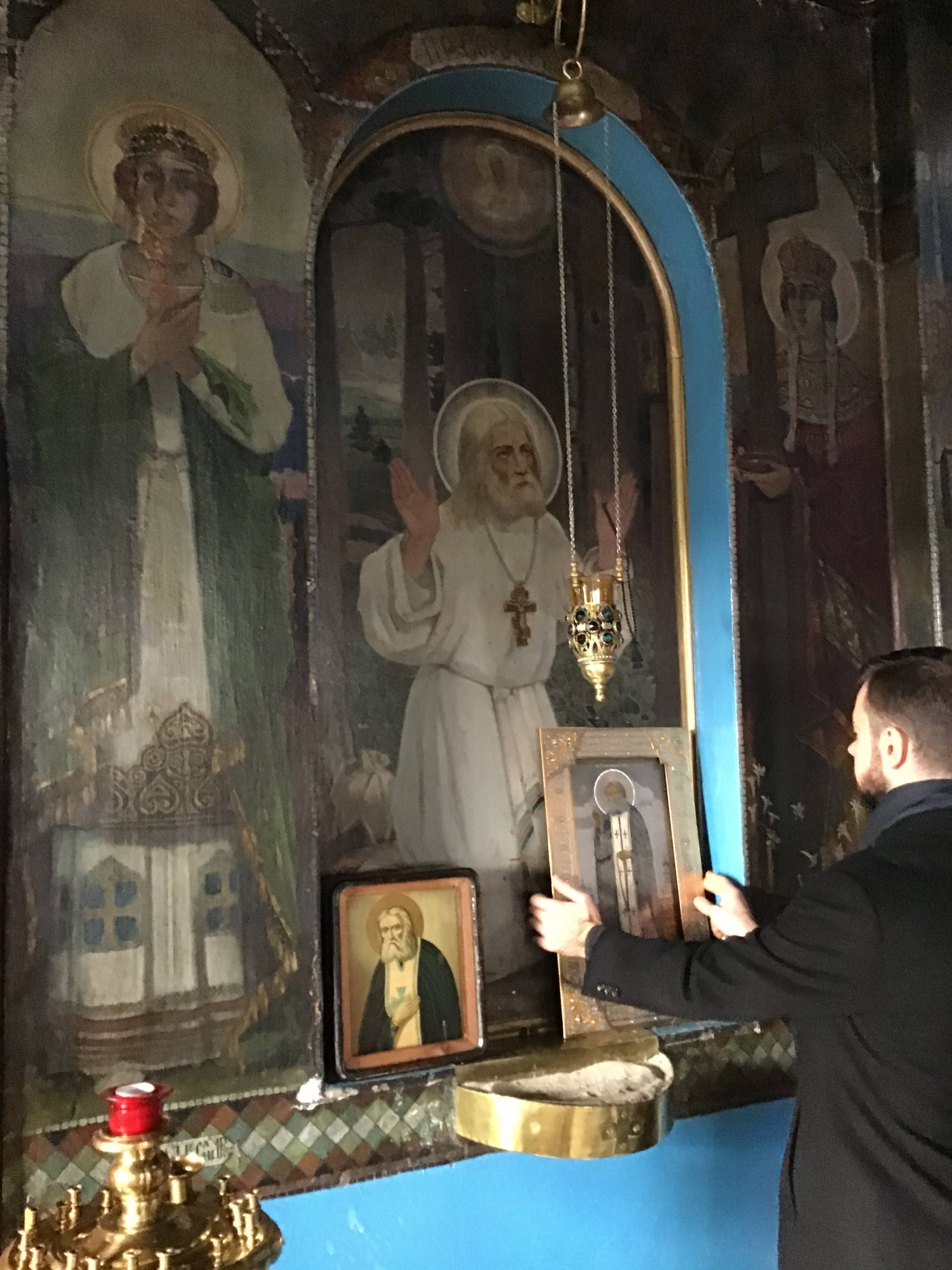
Father Viktor in front of the wall that was painted by Nikolai Peroff, Aya Andrea Russian Orthodox Church (Photo: Ekaterina Aygün, 2019). 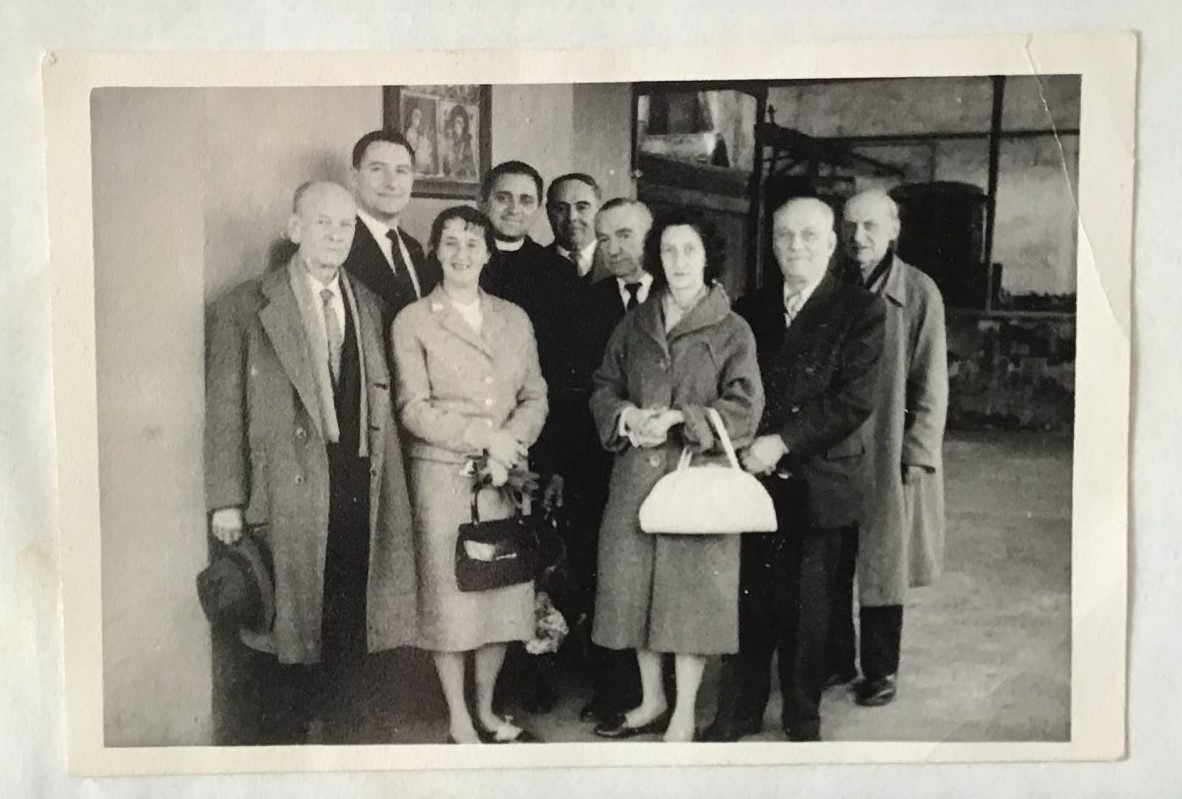
Church (Aya Andrea) parishioners at the beginning of the 1960s, Nikolai Peroff is the fourth from the right (© Aya Andrea Russian Orthodox Church’s archive). Anonymous. “Odnodnevnaya Vystavka Kartin.” Presse du Soir, 10 October 1921, p. 4.
Anonymous. “Vystavka Soyuza Russkih Hudojnikov.” Presse du Soir, 19 June 1922, n.p.
Bek, Nadir. “Pamyati N.K. Perova.” Russkaya Mysl' (Paris), 26 December 1963, n.p.
Dyakonova, Yulia. "Nikolai Peroff – Russkiy Hudojnik v Konstantinopole." gosniir.ru, https://www.gosniir.ru/activity/expert/perov.aspx. Accessed 10 June 2020.
Ertuğrul, Muhsin. “Dekorcumuz Nikola Perof.” Türk Tiyatrosu, no. 354, January–February 1964, n.p.
Leykind, Oleg, et al. Hudojniki Russkogo Zarubej’ya (2). Izd.dom “Mir”, 2019, p. 229.
Musahipzade, Celal. Mum Söndü. Kanaat Kitabevi, 1936.
Oral Özer, Ayşegül. “Ressam-Dekoratör Nikola Perof.” Tarih ve Toplum, no. 150, June 1996, pp. 26–29.
Sığırcı, Marina. Spasibo, Konstantinopol’! Po sledam beloemigrantov v Turtsii. “Yevropeyskiy Dom”, 2018.
Ted’. “K Vystavke Hudojnikov.” Presse du Soir, 29 June 1923, n.p.
Word Count: 122
Aya Andrea Russian Orthodox Church’s archive/museum (Istanbul).
Hrant Dink Foundaiton Archive (Istanbul).
Slavonic Library (Slovanská knihovna) in Prague.
Archives & Special Collections at the College of the Holy Cross (Worcester, Massachusetts).
The letter of Peroff’s wife about his life was found at Bakhmeteff Archive of Russian and East European Culture (New York) by Türkan Olcay.
Word Count: 59
My deepest thanks go to Viktor Kopuşçu and Evelina Davydova.
Word Count: 11
Istanbul, Ottoman Empire/Turkey (1921–1963).
Küçük Yazıcı 4 (now presumably Tarlabaşı Blv. 79), Hüseyinağa, Beyoğlu, Istanbul (studio); Bursa Street 40 (now Sadri Alışık 40), Beyoğlu, Istanbul (studio); Theatre des Petits Champs, Mezarlık Street 500 (now Meşrutiyet Caddesi 50), Beyoğlu, Istanbul (place of work); Aya Andrea Church (now Mumhane Caddesi 39), Beyoğlu, İstanbul ("place of work").
- Istanbul
- Ekaterina Aygün. "Nikolai Peroff." METROMOD Archive, 2021, https://archive.metromod.net/viewer.p/69/2949/object/5138-10439086, last modified: 16-09-2021.
-
Jules KanzlerPainterPhotographerIstanbul
Kanzler spent part of his life in the Russian Empire as a painter and the other in Turkey as a photographer who “documented” the early years of the Turkish Republic.
Word Count: 30
Vladimir BobritskyPainterScene DesignerGraphic ArtistMusicianIstanbulBobritsky worked at the Theatre des Petits Champs, where he successfully dealt with stage designs and costumes, at the same time he participated in the Union of Russian Painters in Constantinople.
Word Count: 31
Leonid TomiloffScene DesignerDecoratorIstanbulAs a professional scene-designer, Leonid Tomiloff was in high demand in Istanbul. For many years, he worked at the Theatre des Petits Champs and was the chief decorator of the Constantinople Commercial Club.
Word Count: 33
Roman BilinskiPainterSculptorCollectorArt restorerIstanbulAt the beginning of the 1920s, a member of the Union of Russian Painters in Constantinople, Roman Bilinski was known as a sculptor. At the end of the 1920s–beginning of the 1930s – as a sculptor, painter and connoisseur of local antiques.
Word Count: 42
Les Russes sur le BosphoreAlmanacIstanbulThe almanac Les Russes sur le Bosphore is a joint work of Russian-speaking émigrés in Istanbul who were faced with the challenge of leaving the country or becoming naturalised.
Word Count: 30
First Russian émigré artists in Istanbul exhibitionExhibitionIstanbulThe first Russian-speaking émigré artists in Istanbul exhibition was a one-day event but its success led to the formation of the Union and paved the way for other exhibitions.
Word Count: 29
Exhibition of Russian émigré artists at Taksim Military BarracksExhibitionIstanbulThe exhibition of Russian-speaking émigré artists at Taksim Military Barracks was the first major exhibition organised by the Union of Russian Painters in Constantinople.
Word Count: 24
Union of Russian Painters in ConstantinopleAssociationIstanbulThe Union existed for less than two years but in that short space of time a tremendous amount of work was done by its members, refugees from the Russian Empire.
Word Count: 30